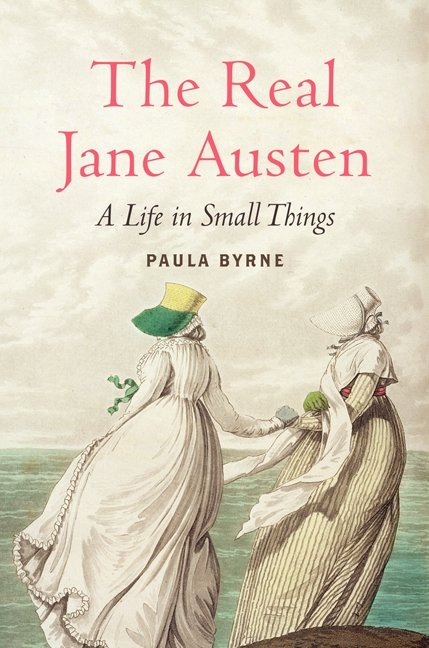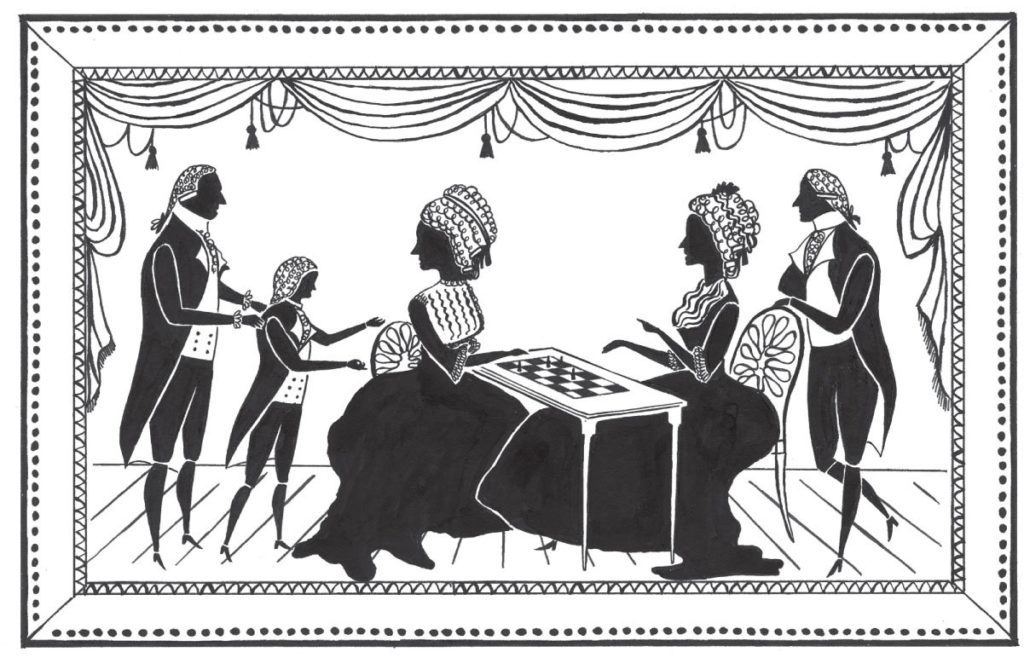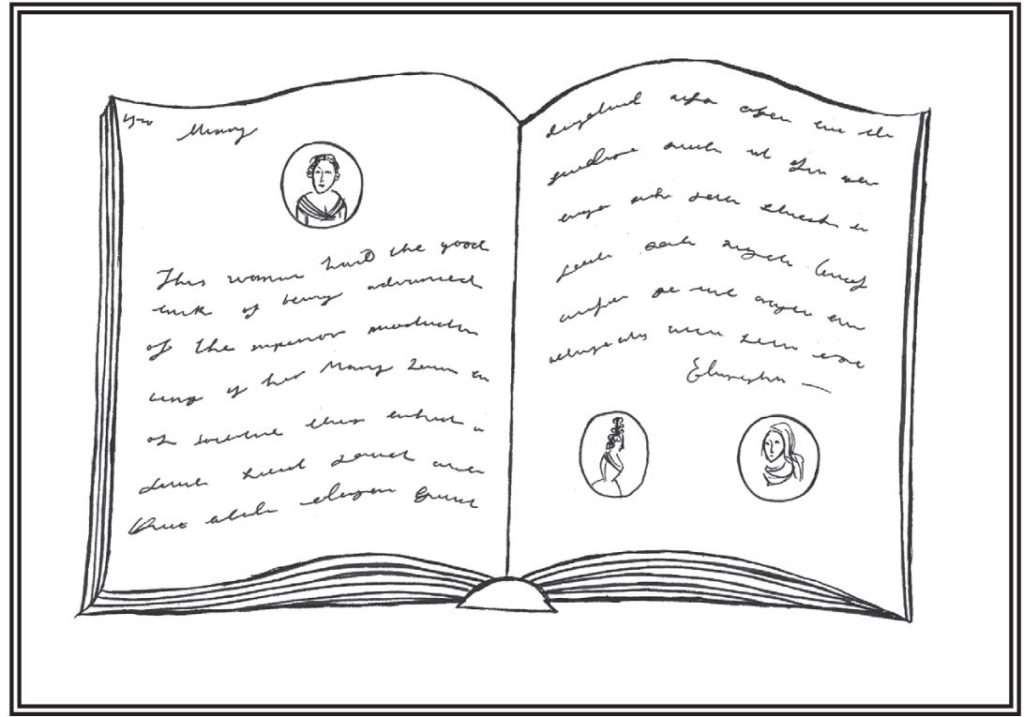
Frustratingly little is known about Jane Austen. We don’t know what she looked like. There is only one drawing of her, as a youth, that is considered to be a portrait, but even some scholars don’t accept that.
In time for Jane Austen’s bicentennial year, Paula Byrne has put together a compilation of her life. Byrne chooses to inspect the famed writer’s past by sifting through objects in her life. It is almost like a scrapbook of the Austen family.

Each “thing” is an aspect of Jane’s life, and launches the chapter’s topic. “The Card Of Lace” outlines a somewhat famous incident involving her aunt, Mrs. Leigh-Parrot’s shoplifting trial. But the chapter is really about Jane’s days in Bath and about the relationship with these wealthy-if-erratic relatives.
One of my favorite chapters is based on “The Theatrical Scenes”. When Rev. Austen determined to move his family from the Steventon parsonage, nearly all of its contents were placed up for auction. Though undoubtedly distressing for the Austen family, there is a great deal of information embedded in the ad in the local paper. Among the usual furnishings are listed a “set of theatrical scenes etc. etc.” With this tidbit, Byrne expands on the probable family dynamic as regards plays and recitals. From there, she further explores the idea of theatre in England at the time.
Another chapter begins with Jane’s brother’s military cap, and goes on to explore the siblings’ relationship as well as how military lives affected families of the era. Yet another focuses on a shawl and its representation of trade with the East. Throughout all of these examples, Byrne ties in passages and characters in Austen’s novels, showing how the author would have been inspired by what was around her.

Byrne’ research is impeccable. If there was anything to be found on Austen, she found it. And she was smart to structure the biography as she did — rather than a chronological effort. But because of the lack of direct information about Austen, the book is unfortunately peppered with holes. Byrne often leaves parenthetical notes such as “All letters from 1806 are gone”. The phrasing of her subject also includes distancing with caveats like “it is probable that” or “we can assume that”. While these are of course the right thing to do from an academic standpoint, it does waterdown the connection the reader has with Austen. With Byrne’s book on Evelyn Waugh, the reader is swept away by Waugh’s personality and fast-paced life. I hardly noticed I was reading a biography. In this, there is still a bit of distance between us and understanding Jane Austen. Byrne does her best to help us bridge that gap.
Thanks to the kind people at Harper for the review copy.
______________________
ISBN: 9780061999093
ISBN10: 0061999091
Imprint: Harper
On Sale: 1/29/2013
Format: Hardcover
Trimsize: 6 x 9
Pages: 400; $29.99
Ages: 18 and Up
